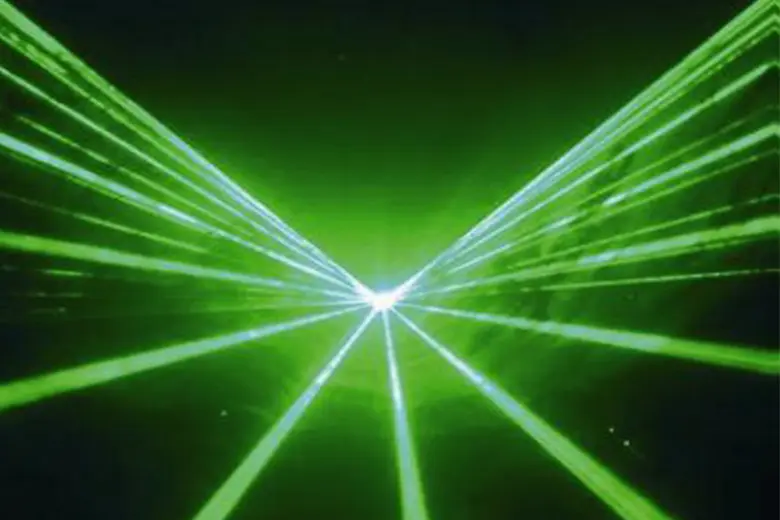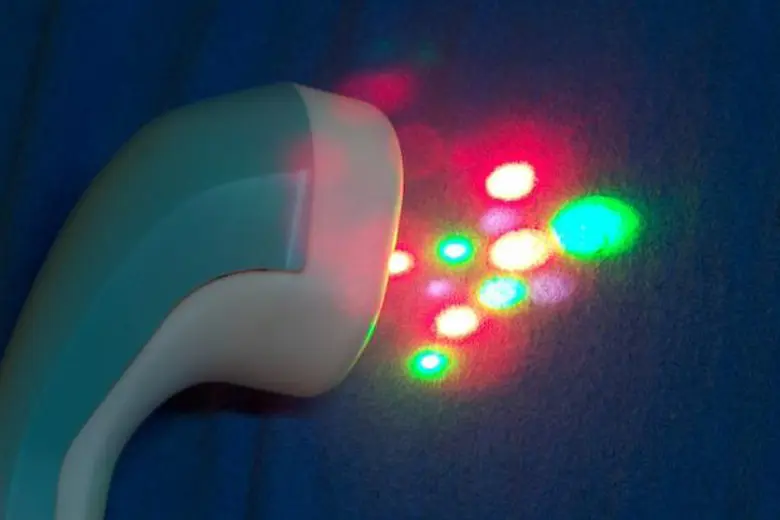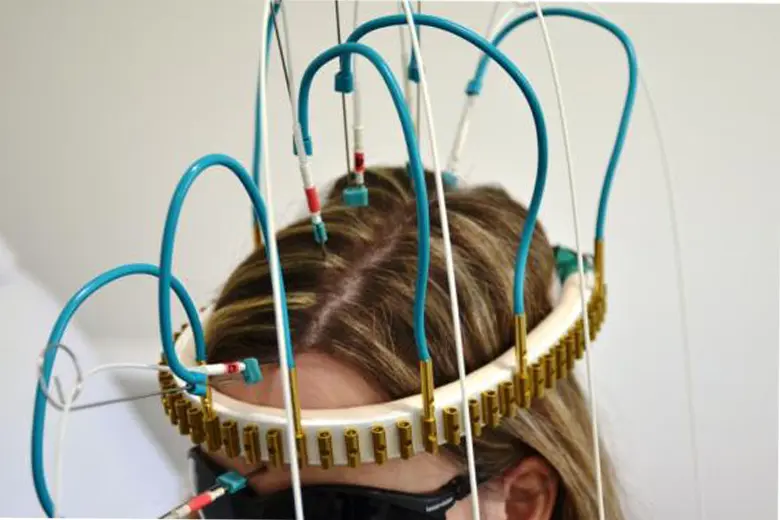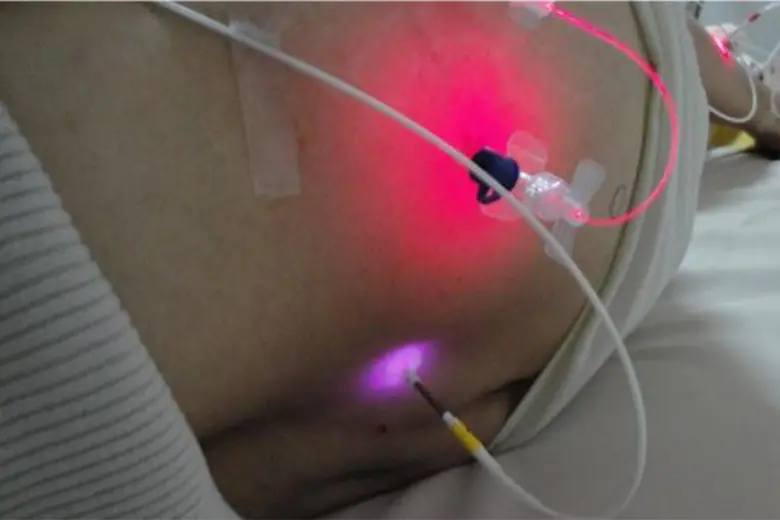Revita Life Sciences
Laser Stimulation
LOW LEVEL LASER STIMULATION : Light is life
Laser technology has become indispensable in modern medicine, particularly in surgical procedures and therapeutic interventions. However, there has been a significant movement towards exploring laser therapy for purposes beyond tissue heating or coagulation. The effects of laser therapy, both destructive and healing, often depend on dosage, which can be closely intertwined.
It is widely acknowledged that low-energy laser light possesses regenerative properties, a form of therapy often referred to as soft-laser, cold-laser, low-intensity-laser, or low-level-laser therapy.
Life itself relies on light, as all living organisms have evolved within the natural light spectrum, encompassing visible colors, UV, and near-infrared wavelengths. Each component of cells, organs, and organic molecules has the ability to absorb light of specific wavelengths, influencing reactions within the body.
Numerous research publications have demonstrated the biological effects of low-level-laser therapy on cell cultures, organs, animals, and humans, highlighting its vast potential, which remains largely untapped.
One of the well-known benefits of low-level-laser therapy is its ability to accelerate wound healing and boost the immune system through various mechanisms. However, its primary mechanism lies in the absorption of light by mitochondria, leading to enhanced cellular energy production. Mitochondria, often referred to as the “powerhouses of the cell,” play a crucial role in maintaining bodily functions by generating ATP. The different complexes of the mitochondrial respiratory chain can absorb light of various wavelengths, aligning with the different colors of the visible spectrum.
Unfortunately, sunlight cannot penetrate deeply into the skin, limiting its therapeutic reach to superficial layers. This poses a challenge for supplying organs such as the liver, kidney, or heart with additional energy through light therapy.
A promising avenue in laser therapy is the development of transcranial laser applications using highly focused infrared lasers, allowing light energy to penetrate bones directly into the human brain. This innovative approach holds potential as a treatment option for conditions such as stroke, Alzheimer’s, Parkinson’s, brain injuries, and other degenerative brain diseases.
Transcranial laser therapy, coupled with intravenous laser therapy, presents a novel and promising treatment option for various cerebral disorders, including stroke, traumatic brain injury, coma, and more.
Studies have shown that transcranial infrared laser therapy improves microcirculation in the brain and reduces the area of infarction, while also promoting neuronal growth. The mechanism behind this involves the induction of biochemical metabolic pathways within neurons, facilitated by the absorption of infrared light by cytochrome-c-oxidase.
To address the challenges associated with external laser therapy, advancements such as the Endolaser® technology have been introduced. This fiber optic technology allows for precise application of laser light of different wavelengths, even deep within the body, ensuring accurate dosage and efficacy. In particular, intravenous laser therapy stands out as a method capable of supplying the body with energy systemically, making it invaluable in the treatment of chronic diseases, weight loss, and modern stem cell therapy.
Blue Laser
The antibacterial and anti-inflammatory effects of blue laser light are coupled with an enhancement in blood circulation through the increased release of nitric oxide (NO) and improved tissue supply. Additionally, blue laser stimulation contributes to the activation of mitochondria, particularly at complex I of NADH-dehydrogenase.
Green Laser
Green laser light facilitates an increase in oxygen supply by promoting the detachment of adhesive hemoglobin from vessel walls. It also stimulates the sodium-potassium-ATPase of erythrocyte membranes and activates mitochondria, specifically at complex III of cytochrome-c-reductase.
Red Laser
Red laser therapy promotes heightened cell activity and microcirculation while bolstering the immune system through the stimulation of various leukocyte groups. Furthermore, it enhances the activity of fibroblasts and accelerates wound healing processes. The stimulation of mitochondria, particularly at complex IV of cytochrome-c-oxidase, is also a significant outcome.
Infrared Laser
Infrared laser exposure leads to an increase in ATP production by stimulating mitochondria, primarily at complex IV. This heightened ATP production contributes to various therapeutic effects associated with infrared laser therapy.
Intravenous (IV) laser therapy induces the following changes:
- Reduction of inflammation markers such as C-reactive protein and neopterin levels.
- Restoration of cell membrane potential to normal levels.
- Enhancement of immunoglobulins IgG, IgM, and IgA.
- Activation of interferons, interleukins, and TNF-alpha.
- Promotion of lymphocyte proliferation and augmentation of macrophage phagocytic activity, fibroblast migration, and macrophage activity.
- Stimulation of nitric oxide (NO) production in monocytes, leading to vasodilation and improvement of endothelial dysfunction.
- Increase in ATP production and RNA/DNA synthesis.
- Amplification of electromotive action on membrane-bound ion channels.
- Augmentation of intracellular/extracellular ion gradient changes.
Physiological Effects of Laser Light:
- Following infrared laser irradiation of rabbit tissue, there is a notable increase in microcirculation alongside heightened levels of adenosine, STH (somatotropic hormone), and FGF (fibroblast growth factor).
The technical and clinical advancements made in various medical fields in recent years have ushered in a new era of laser therapy, offering limitless possibilities for indications and therapeutic interventions. It is a captivating realm that once entered, one cannot easily depart from.







